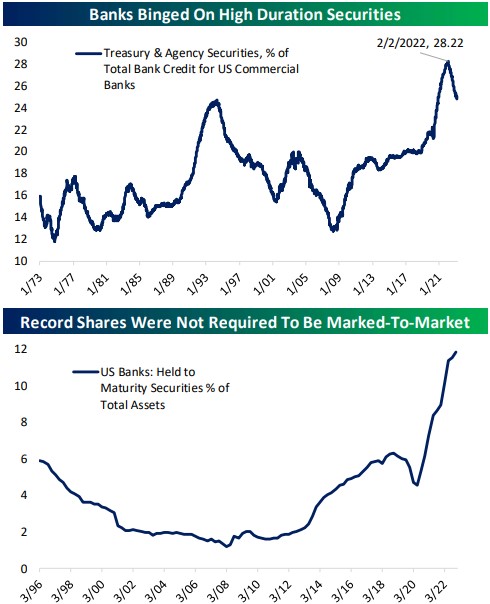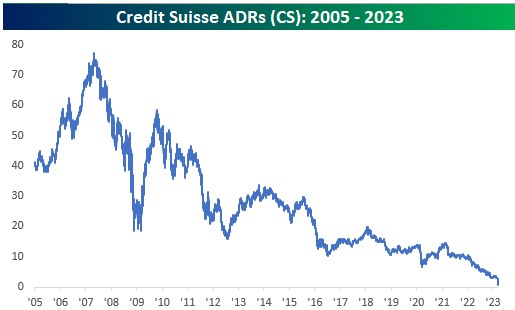Some time ago I wrote about subscriptions and how easy it’s become to let them accumulate. Our subscriptions can be a chunk of our monthly expenses, so it makes good sense to track them down, decide what to keep, and jettison those that are unused or simply no longer necessary.
This is easier said than done, however. Part of the reason for this is that many companies offering subscription-based services seem to have a knack for obfuscation. Maybe they make you call and wait out a sales pitch before canceling. Or maybe the company tucks the cancelation link somewhere so cleverly that people tend to just give up and let it ride for another year (or five!).
The Federal Trade Commission has recently proposed a new rule that would require companies to make it as easy to cancel services as it was to sign up for them or face a fine of up to $50,000. Industry groups don’t seem to be fighting this, so maybe we humble consumers might eventually get some relief. I hope so!
I mention this because after months of higher-than-expected inflation and months yet to go before we get back to something resembling normal, consumers are paring their spending back so far this year. We’re seeing this in the official retail sales numbers from the government that came out last Friday and in some corporate earnings reports, but also in surveys asking about things like subscriptions.
According to the following article from the WSJ, consumers report that their “biggest financial mistake last year” was paying for unnecessary subscriptions and that these totaled at least 50% more than assumed. While the actual dollar values could be relatively small for some households and many might suggest not sweating the small stuff, for others, such as those living on a fixed income, canceling some subscriptions can make a meaningful difference to cash flow.
The bottom line with subscriptions is we should try to evaluate the ones we have, especially those on autorenewal, and decide about keeping them going. This sort of diligence can help uncover money that’s being wasted because we’re not even using the service we’ve been paying for. It can also help us reduce the cost of services we enjoy.
For me an example of the latter is my Sirius subscription. For years I’ve had one of their basic services in my truck and have typically paid about $7 per month. That’s a promotional rate but I’ve been keeping it going. I calendar the annual renewal because otherwise the going rate is about $23 per month. So each year I log into my account, chat with a rep and ask for the discount, all of which takes maybe 10-15 minutes. The whole process is pretty annoying, but I do it after being burned by a roughly $30 per month OnStar service that I let hit my credit card for almost a year before shutting it down and couldn’t get all the money back. Yes, I’m still a trifle bitter about that… and don’t even ask about my McAfee experience.
Apparently lots of people let their promo rate lapse and move up to full price and let that ride for months or even years. It’s part of the business model for many subscription-based companies. The higher standard rates also subsidize the promo rate for new subscribers and those, like me, who keep asking for it. I tell myself that I’ll outright cancel Sirius as soon as they refuse to continue the promo rate because their service is obviously more fairly priced at $7 than $23, but they haven’t yet so I’m a happy subscriber.
Take my Sirius example and stretch that out over your subscriptions. Do services you enjoy offer a lower rate but just haven’t told you? Have you asked for a discount? Again, this might seem like small potatoes, but I think it’s a good exercise to go through from time to time. It will help lower your recurring expenses and provide a sense of ownership over your finances as inflation seems to be eroding it away.
Here’s the WSJ article I mentioned. Let me know if you get blocked by their paywall and I can send you the story from my account.
https://www.wsj.com/articles/people-are-sick-and-tired-of-all-their-subscriptions-cbee7e03
Have questions? Ask us. We can help.
- Created on .





